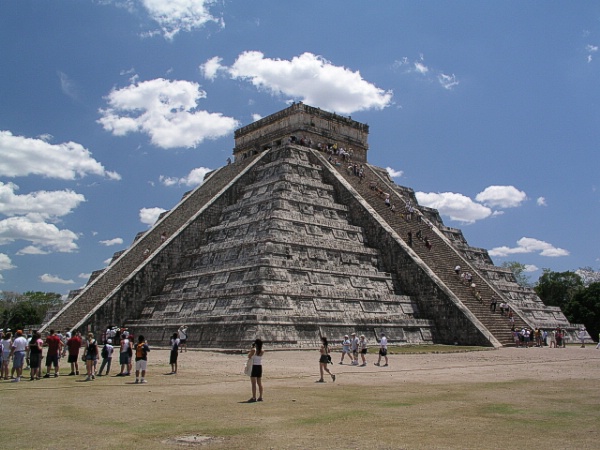

|
Another day for exploring the Mayan culture by seeing one of the most famous Mayan ruins sites in Mexico: Chichén Itzá. We arrive in Cozumel, an 29-mile long island 11 miles from the coast of Yucatan. We're doing the 12-hour shore excursion to Chichén Itzá. After having left the ship at 7.00 am, sailing to the mainland of Yucatan by ferry and a 3-hour drive by motorcoach, we finally arrive at Chichén Itzá, where the 'El Castillo' pyramid is waiting for us. 
|


